Herschel 400 Galaxies, Two Extragalactic Supernovae
Posted: 21 May 2023
Sunday morning, 14 May 2023, with rain and possible thunderstorms in the forecast for the next several days, I put the Dome Cover ON. Received 0.01" rain Sunday afternoon. It was cloudy Sunday night. Thursday night, 18 May, had a brief thundershower (0.11" rain). Cloudy nights continued until Saturday, 20 May.
|
Open: Saturday, 20 May 2023, 1826 MST Temperature: 89°F |
Session: 1869 Conditions: Mostly clear |
Equipment:
12" f/8 LX600 w/StarLock
2" 24mm UWA eyepiece
2" 14mm 100° eyepiece
Camera:
iPhone 13 Pro Max
D850 DSLR
1833 MST: Dome Cover OFF.
SYNCed observatory clock to WWV time signals.
1841 MST: Dome OFF.
1843-1914 MST: Relaxed on the observatory patio bench.
Prepared the D850 DSLR for imaging.
1921 MST: Sunset. LX600 ON, StarLock OFF, High Precision OFF.
Viewed the thin crescent Moon, 102X and 81X. Took this handheld iPhone 13 Pro Max afocal 81X image of the Moon using NightCap Camera (ISO 34, 1/120sec, 1X lens).
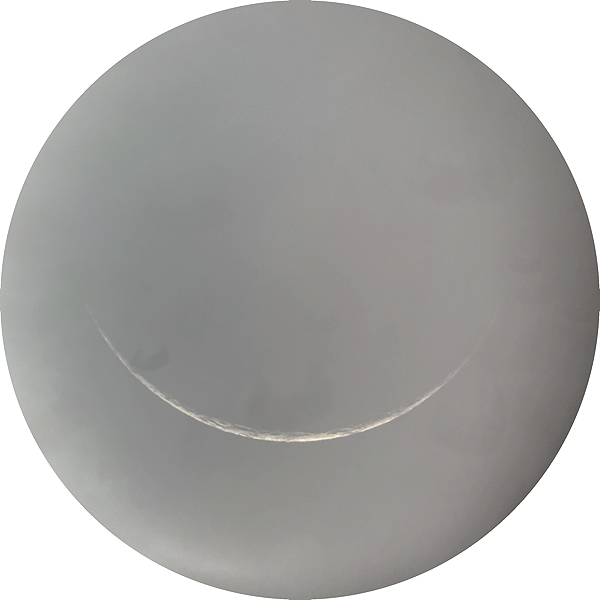
Viewed Venus 102X.
1933 MST: Relaxed on the bench to watch the stars come out.
1953 MST: iPhone photo of the western sky and observatory. Venus is at the top left with the crescent Moon low above the trees.
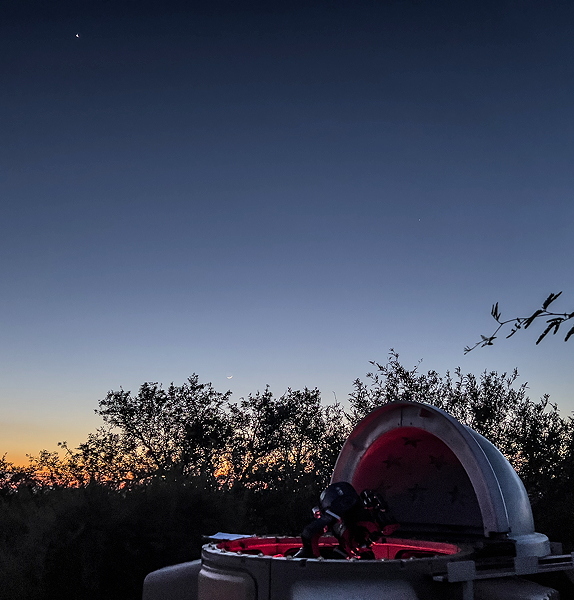
2030 MST: Back inside the observatory.
2032 MST: High Precision ON.
Slewed to NGC3504 (galaxy), which would be my first Herschel 400 imaging target for the night. It was faintly visible, 102X. Then mounted the D850 DSLR at prime focus, focused on the star Regulus, locked the 12" mirror, and slewed to NGC3504.
2044 MST: StarLock ON.
Took these StarLock autoguided images, 5 minutes, ISO 3200, White Balance 4550K.
NGC3504 (galaxy)
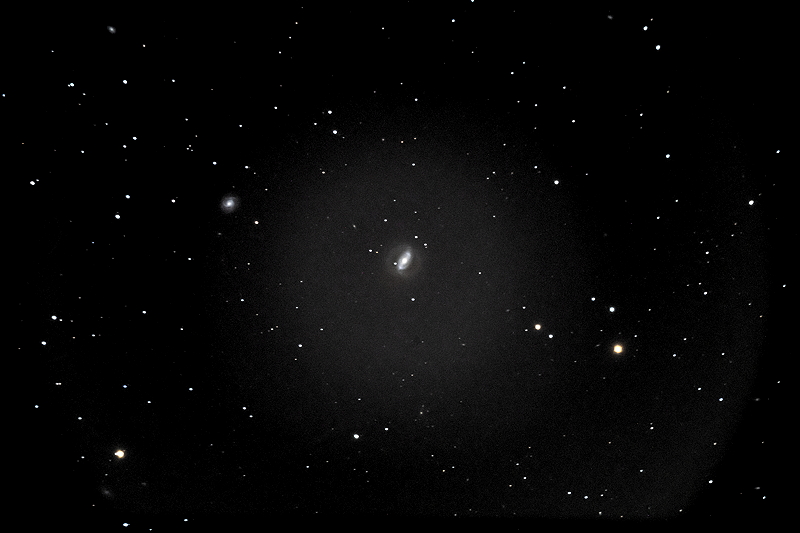
NGC3521 (galaxy)
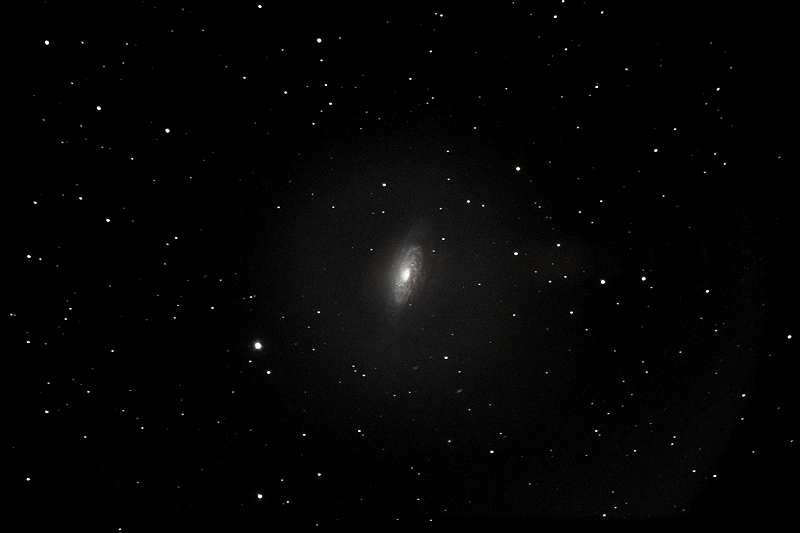
NGC3593 (galaxy)
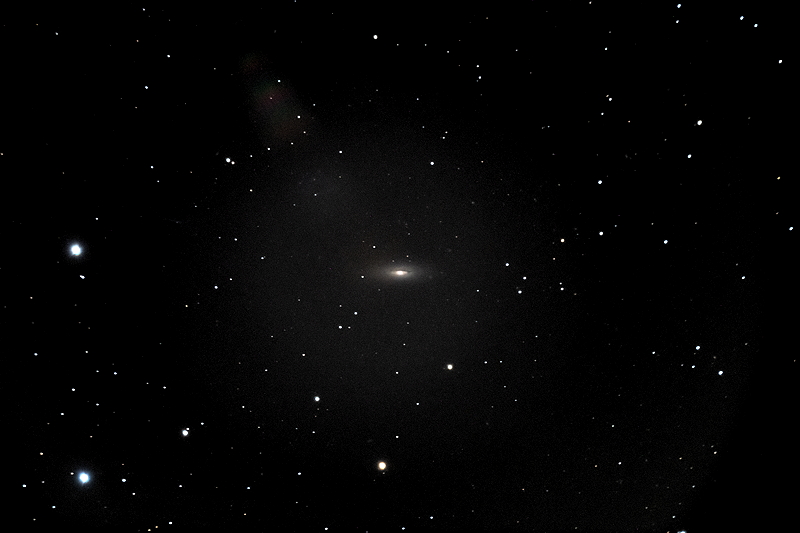
2130 MST: Dome ON.
Took this StarLock autoguided image, 5 minutes, ISO 3200, White Balance 4550K.
NGC3556 (galaxy)
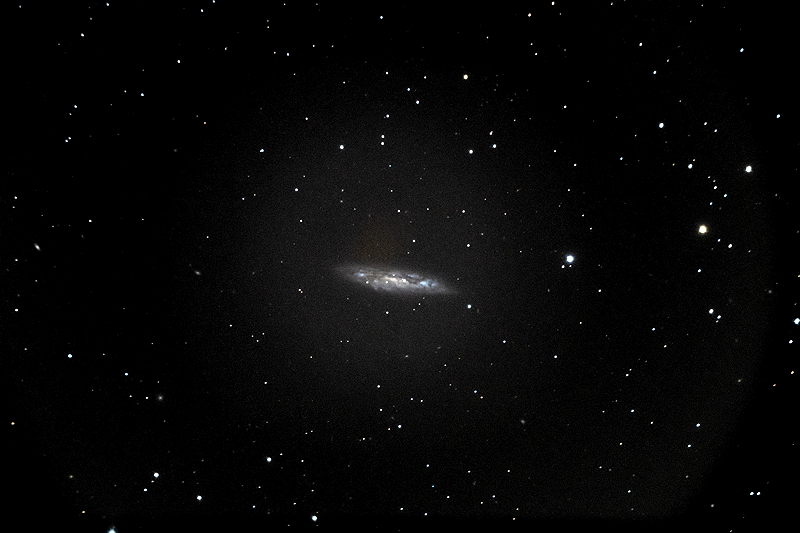
Ended Herschel 400 imaging and began imaging two recently discovered extragalactic supernova. First was SN2023ixf in M101 (galaxy). I had imaged M101 on 3 August 2018 for my Extragalactic Supernova Project.
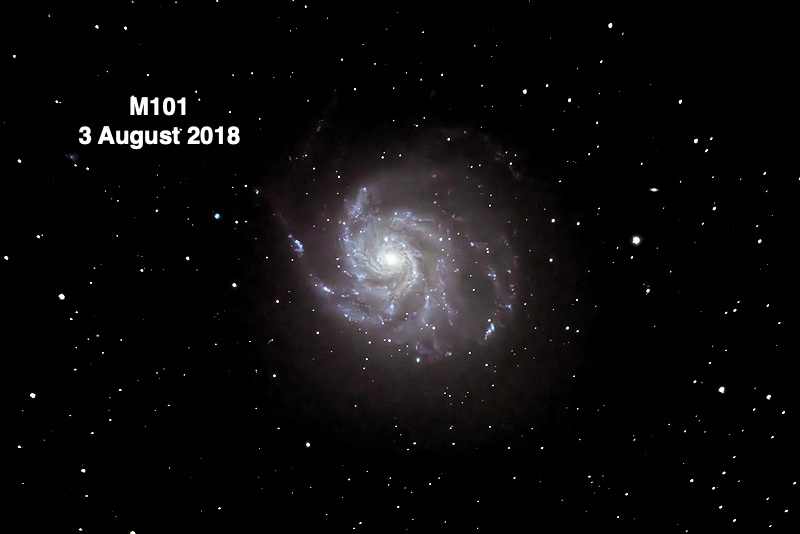
This is a StarLock autoguided image, 5 minutes, ISO 5000, White Balance 4550K.
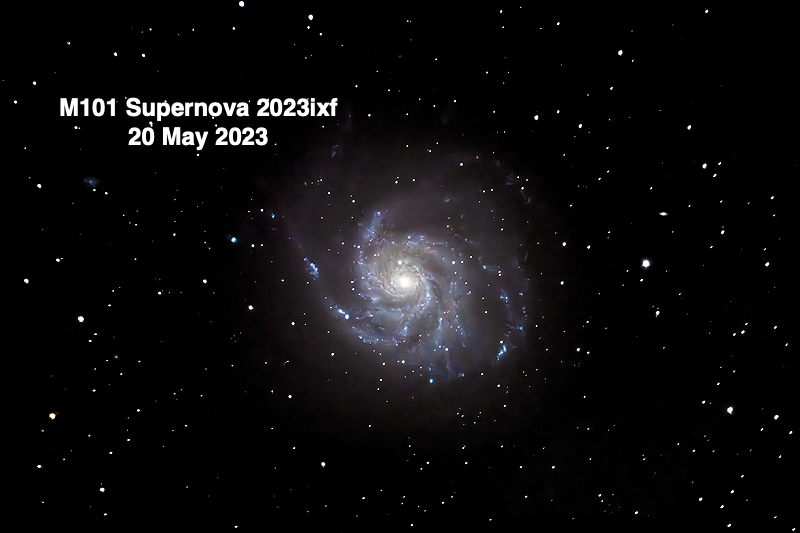
Mouseover or tap on image for pointer to the supernova
This is a StarLock autoguided image, 5 minutes, ISO 5000, White Balance 4550K, of Supernova 2023gfo in NGC4995 (galaxy).
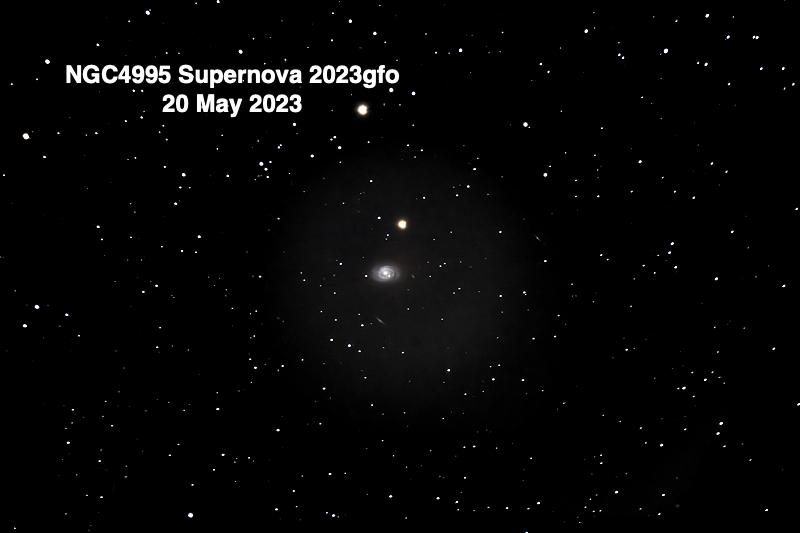
Mouseover or tap on image for pointer to the supernova
2214 MST: StarLock OFF.
Viewed NGC4995 (galaxy), 102X, but the supernova was too faint and not visible to the eye.
I then began observing more Herschel 400 galaxies, 102X: NGC3607, NGC3608, NGC3610, NGC3613, NGC3619, NGC3621, NGC3626, NGC3628, NGC3631, NGC3640, NGC3655, NGC3665, NGC3675, and NGC3686.
Then viewed M13 (the Great Globular Cluster in Hercules), 102X and 174X. Viewed M57 (Ring Nebula), 174X. Viewed Omega Centauri (globular cluster), 102X and 174X. Lastly, viewed Centaurus A (galaxy), 174X and 102X.
2310 MST: LX600 OFF.
2320 MST: Took a Sky Quality reading and reported the result to Globe at Night.
|
Close: Saturday, 20 May 2023, 2325 MST Temperature: 67°F |
Session Length: 4h 59m Conditions: Mostly clear, SQM 21.05 |
I have posted my review of the AutoStar/AudioStar Bluetooth Adapter for AutoStar #497 and AudioStar.
Oracle State Park has been featured on a children’s tv show called "Goldie the Globetrotter: Great State Parks!" Enjoy the 8 minute segment about bobcats, hummingbirds and the night sky at Oracle!. (There may be a short ad near the end that interrupts the final segment. Let the ad finish to see the end.)
Comments are welcome using Email. Twitter users can use the button below to tweet this report to their followers. Thanks.
Cassiopeia Observatory Home Page
Copyright ©2023 Michael L. Weasner / mweasner@mac.com. Email Etiquette.
URL = http://www.weasner.com/co/Reports/2023/05/21/index.html
